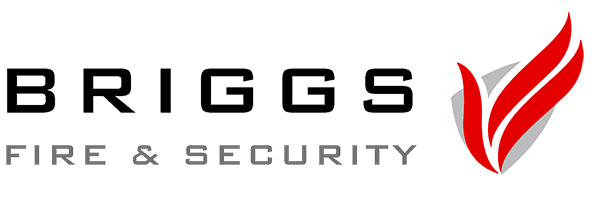27 May Different Types of Fire Extinguishers and What Is Best for Your Business
Different Types of Fire Extinguishers and What is Best for Your Business.
Fire extinguishers play a vital role in ensuring your business is protected from fire risk. Ensuring your business has the correct fire extinguishers in the correct locations will reduce the risk of a fire breaking out and causing permanent physical and financial damage.
TYPES OF FIRE EXTINGUISHERS
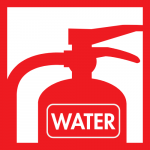
Water Fire Extinguisher
(Used on Class A Fires)
Suitable for fires from organic materials, such as wood, cardboard, paper and textiles. Water extinguishers spray controlled liquid water onto Class A Fires.
Strictly ONLY for Class A Fires
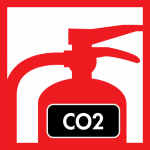
CO2 Fire Extinguisher
(Used on Class B & E Fires)
Suitable for electrical and flammable liquid fires, class B fires should be tackled with CO2 extinguishers
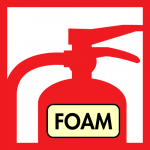
Foam Fire Extinguisher
(Used on Class A & B Fires)
For use on petrol, oil, fat and paint fires, aqueous film forming foam (AFFF) extinguisher cover A & B class fires
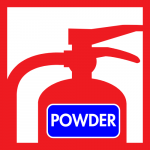
Powder Fire Extinguishers
(Used on Class A,B,C & E Fires)
Used on mixed medium fires, the dry powder solution is effective against propane, methane and natural gas fires.
(Can be used safely on electrical items up to 1000 volts)
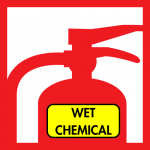
Wet Chemical Fire Extinguisher
(Used on Class A & F Fires)
Specially designed for cooking oil fires, wet chemical extinguishers are found in industrial kitchens, including in hotels, care homes, restaurants and schools.
(For use on extremely high temperature)
FIRE CLASSES
CLASS A FIRES
COMBUSTIBLE MATERIALS
Class A fires are generally caused by a naked flame or items of high temperatures encountering combustible, carbonaceous materials.
Almost all premises are at risk of Class A fires due to the widespread use of such materials. This includes anywhere that uses or contains paper, cardboard, wood, etc.
CLASS B FIRES
FLAMMABLE LIQUIDS
Class B fires occur when flammable liquids, such as petrol and spirits, are exposed to a source of ignition. These types of liquid are flammable by design and extremely volatile, if not stored safely.
Many settings that are at particular risk of Class B fires, must keep suitable fire extinguishers onsite and mandatory fire safety signage to highlight the proper safety procedures of everyone onsite.
CLASS C FIRES
FLAMMABLE GASSES
Fires involving flammable gases, such as propane and butane, are known as Class C. Flammable gases must be stored correctly in sealed containers and only operated by a competent person.
Manufacturing and industrial warehouses, chemical plants or anywhere that stores large quantities of flammable gases are at particular risk of Class C fires.
CLASS D FIRES
Burning Metals
Class D fires occur when combustible metals, such as magnesium, lithium and sodium, ignite and are more prevalent in laboratories, warehouses and metal fabricators.
ELECTRICAL / CLASS E FIRES
ELECTRICAL
Electrical, or Class E, fires are a risk to all premises that use electricity.
They occur when live electrical equipment is involved in a fire and must not be tackled by a liquid-based fire extinguisher. This is because water is a conductor and will spread the current across a greater area if used, potentially endangering the user of the fire extinguisher.
CLASS F FIRES
COOKING OILS & FATS
Class F fires pose a risk to restaurants and kitchens. Fires from cooking oils and fats can be made significantly worse by using a liquid-based agent to extinguish it.
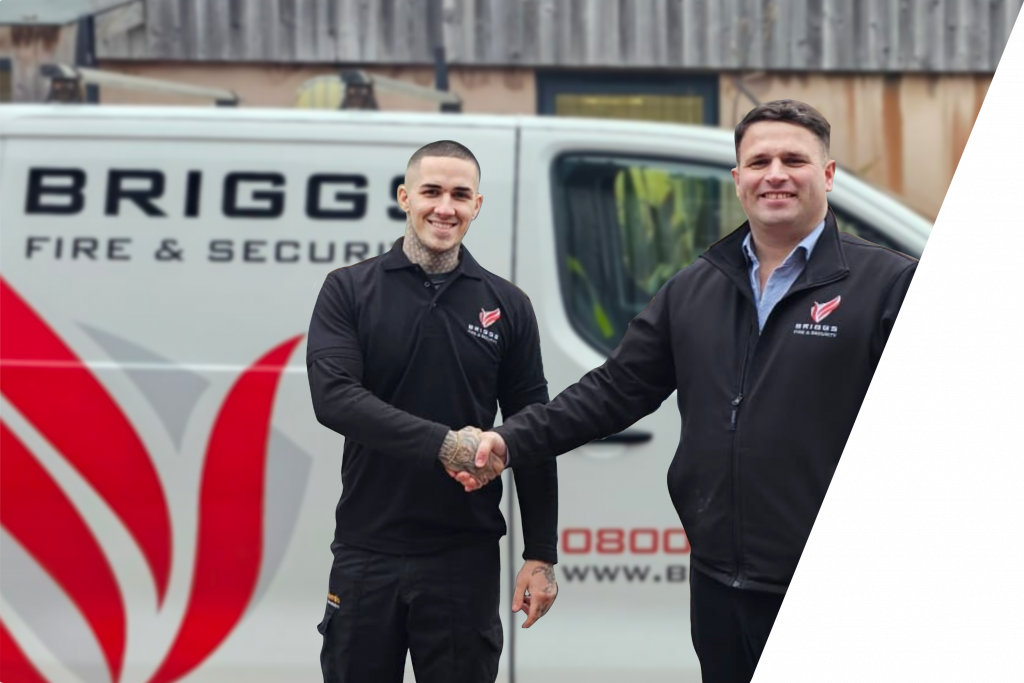
TRUSTED EXPERTS
Contact us for your company’s fire risk assessment to know for sure what extinguishers are needed in your business.
